SUMMARY
This is AI generated summarization, which may have errors. For context, always refer to the full article.
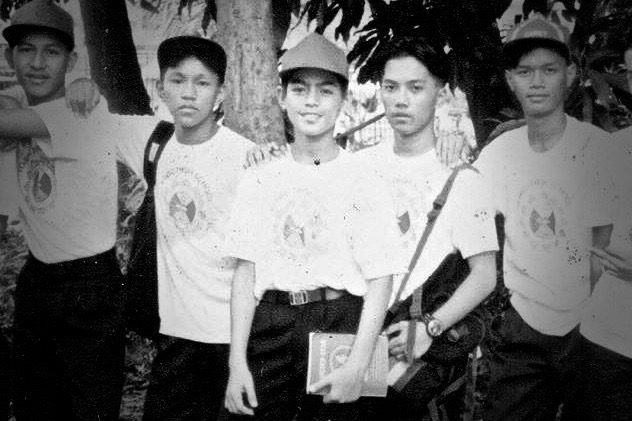
This compilation was migrated from our archives
Visit the archived version to read the full article.
MANILA, Philippines – The boy from Tondo has conquered Manila City Hall.
In a packed San Andres Sports Complex on May 15, Francisco “Isko” Moreno Domagoso was proclaimed the next mayor of Manila.
It sounded like the happy ending of a rags-to-riches story: former scavenger and pedicab driver from the slums of Tondo Moreno defeated former Manila mayors retired president Joseph Estrada and retired police general Alfredo Lim.
Moreno even triumphed with a landslide victory of 357,925 votes – more than the numbers of Estrada and Lim combined.
But the rise of Isko Moreno wasn’t just an overnight fairy tale.
It was a historic victory that took decades in the making, spanning his stint in showbiz, his struggles at the Manila City Council when he was still a high school graduate, a frustrated attempt at national politics, and a cordial relationship with President Rodrigo Duterte.
“It was a generally challenging campaign. When you give meaning to challenge that’s the exact word,” Moreno said in an interview with Rappler.
All of it culminated in a groundbreaking campaign that thrived without the support of a national party, and collected ecstatic crowds without the slapstick and fanfare of typical sorties that are part of Philippine elections.
Moreno ran his campaign with the pledge of a new day for Manila.
Before Isko, there was Scott
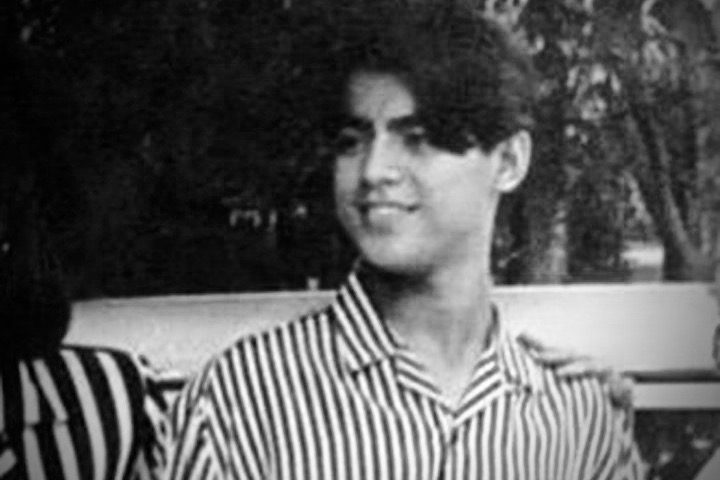
The incoming mayor’s career took off from a funeral.
Back then, there was no Isko Moreno. People only knew of Scott Domagoso from Tondo.
The only son of a stevedore and a housewife, Scott fed himself by rummaging through leftovers in heaps of trash. He would bring the “pagpag” home for his mother to recook them for dinner. To help his parents make money, he also scavenged for recyclable trash he sold to the many junk shops of Tondo.
He then worked as a pedicab driver when he hit high school. First dreaming of becoming a seaman, Scott Domagoso enrolled at the Philippine Maritime Institute.
He attended a wake in Tondo just for the free refreshments, but he was spotted by starmaker Daddie Wowie Roxas. He stood out from among the mourners with his high-bridged nose, thick brows, and innocent smile.
From there, he was whisked to stand before the cameras with the master showman himself German Moreno in his variety show, That’s Entertainment.
Under the spotlight of national television, Isko Moreno was born.
At his peak, the young Moreno played the beau of a young Claudine Barretto. At his most controversial, he was the poster boy of bare-skin flicks.
Despite the blooming career, Moreno still lived in Tondo, where he saw the opportunity to represent a community.
The session hall’s high school graduate
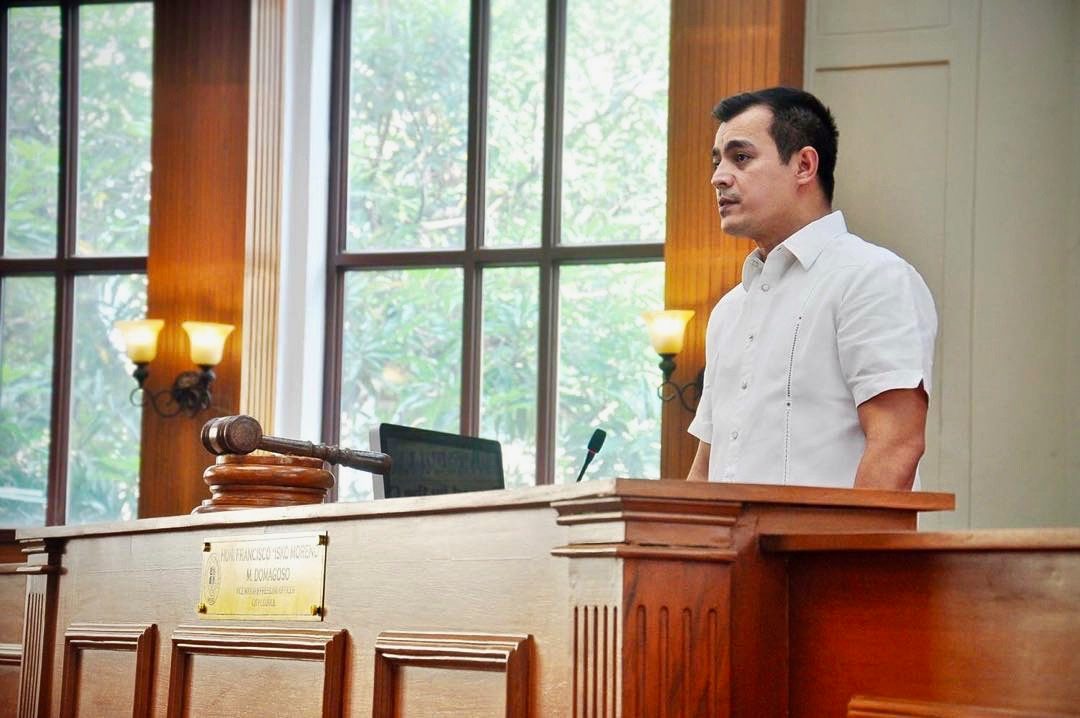
Moreno dove into politics, wondering how he could help Tondo.
Starting at 23, Moreno served as city councilor from 1998 to 2007, the years when he slowly distanced himself from the entertainment industry and planted himself in the fertile soil of Manila politics.
The young Moreno lived his most difficult days as a firebrand legislator in the city council. Despite ranking high in the polls, his fellow officials looked down on him.Then a mere high school graduate, Isko Moreno, they said, was only an actor who could barely keep up with the council.
Until an elder politician took a chance on him.
Then-vice mayor Danny Lacuna stood as his mentor, encouraging Moreno to study as he labored in the council. In 2003, Moreno obtained his business administration degree from the Makati-based International Academy of Management and Economics.
Dissatisfied with his college diploma, the young councilor continued to learn, taking policy courses at the University of the Philippines, and then law units at Arellano University. He would later be sent to Harvard and Oxford for leadership programs.
Moreno then succeeded Lacuna as vice mayor, pounding the gavel for the council from 2007 up to 2016 under the wings of the giants he would later bring down, Lim and Estrada.
With two decades of service under his belt, Moreno has gone far from the Tondo boy who got lucky at a wake.
“He really started as simple, but he had changed so much. His desire to help has intensified. He went to another level,” Weng Santiago, Moreno’s secretary since 2007, told Rappler.
While he was vice mayor, he was known for overseeing the passage of the ordinances that banned the commercial use of plastic bags, the passage of trucks in Manila during the daytime, and the passage of provincial buses in key roads of the capital.
Moreno launched his own programs, most popularly, “Botika ni Isko,” where he set up a pharmacy right inside the vice mayor’s office to give away free medicine.
“We sometimes left the office as late as 1 in the morning because of the sheer number of people who asked for his help. He really spoke to them personally,” Santiago said.
Moreno once dreamt of becoming a seaman rising through the ranks to become the captain of a ship. He now aspires to be a leader who borrows skills and ideas from a diverse set of statesmen: from Lee Kuan Yew to Barrack Obama, and from Ninoy Aquino to the late dictator Ferdinand Marcos.
His transformation was clear: Isko Moreno had his sights on city hall.
For a time, Moreno was prepared to shelve the dream for years. Under his alliance with Estrada, he was promised the mayoralty in exchange for remaining as his subordinate. This was why after he maxed out his term as vice mayor in 2016, he ran for the Senate. It was the bid that handed him his first election loss.
Come 2019, Moreno was done waiting, and he saw Manileños felt the same.
Into the campaign trail
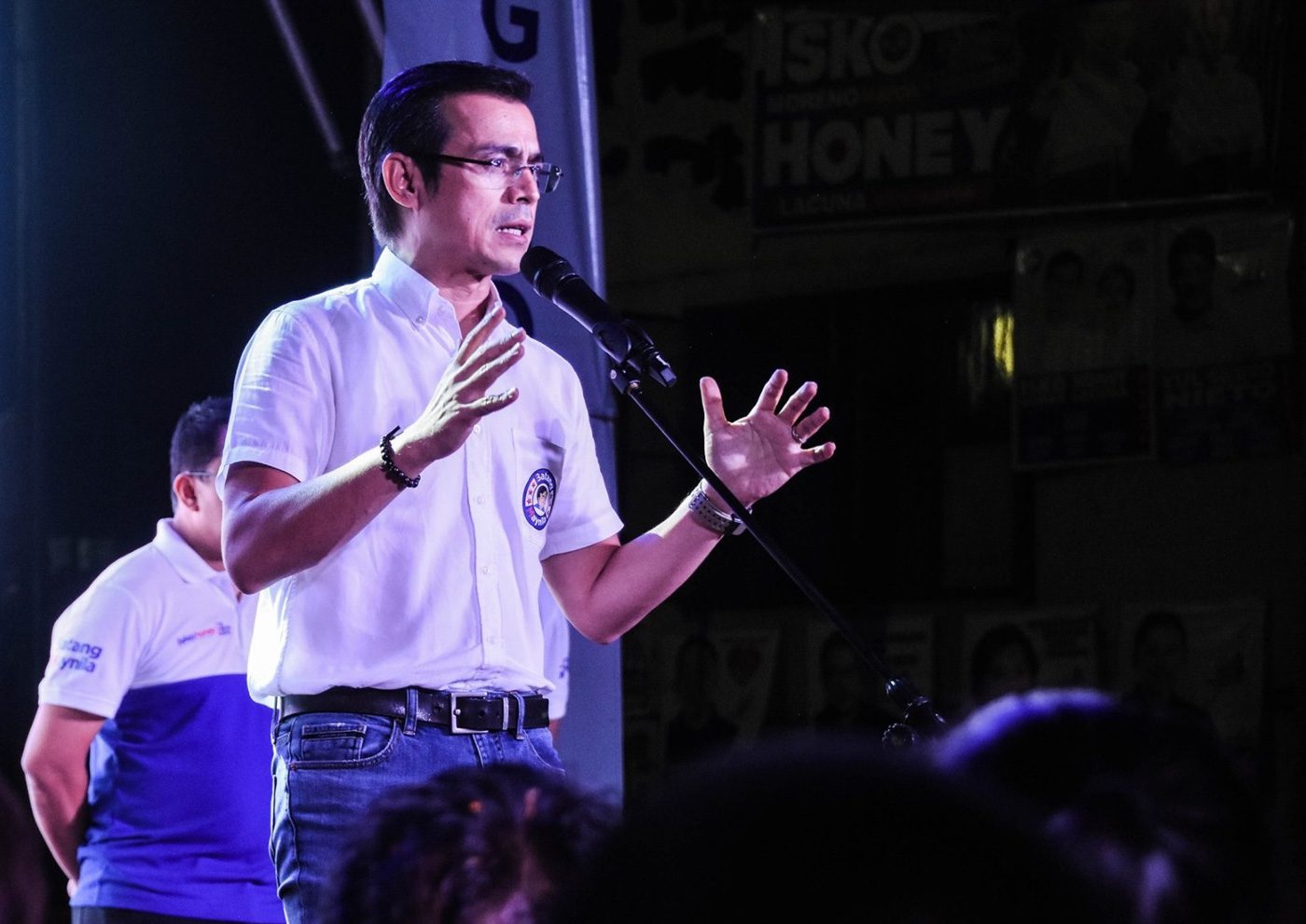
Manila City told its residents its own tragic story.
Once tagged as the Pearl of the Orient and the Paris of the East, the country’s capital has sunk with the description of it being the gates of hell. In the disgraced capital, around 2 million people live, and hundreds of thousands more pass by and make a living.
Estrada marched in from San Juan, promising to end the bleeding of the once-proud city in 2013. But former vice mayor Moreno, standing as Estrada’s supporting actor up to 2016, believes it was a role his superior had failed to fulfill.
“I really try to ask. ‘Di ba usually tayo ang tinatanong bilang kandidato. Ito baliktad. Kumusta po tayo? Masaya ba kayo? Okay ba tayo? Hahayaan ba natin na ganito?” Moreno said. (Usually they ask candidates, but my campaign was the reverse. How are we? Are you happy? Are we okay? Are we going to leave it this way?)
The campaign cost him hours of sleep, a dozen pounds, and time off from his family. Moreno’s day began as early as 4:30 in the morning, and ended as late as 2 the next day. His youth was his ace, he said. So he had to use it.
“We were always moving during the campaign from morning up until midnight we were on overdrive. I think we only slept two to three hours a day,” said Julius Leonen, Moreno’s media relations officer.
But he added: “Our morale was always high despite the lack of sleep, the lack of resources, the lack of equipment, and the lack of a workforce.”
With the restrictions, they had to innovate, Leonen said. They used Facebook to reach people that they couldn’t easily visit because of their tight schedule and alleged political harassment.
Down to Moreno’s most intimate moments in the campaign trail – the struggle to pull himself off his bed, up to going through sleepless nights – it was all broadcast live on his Facebook page.
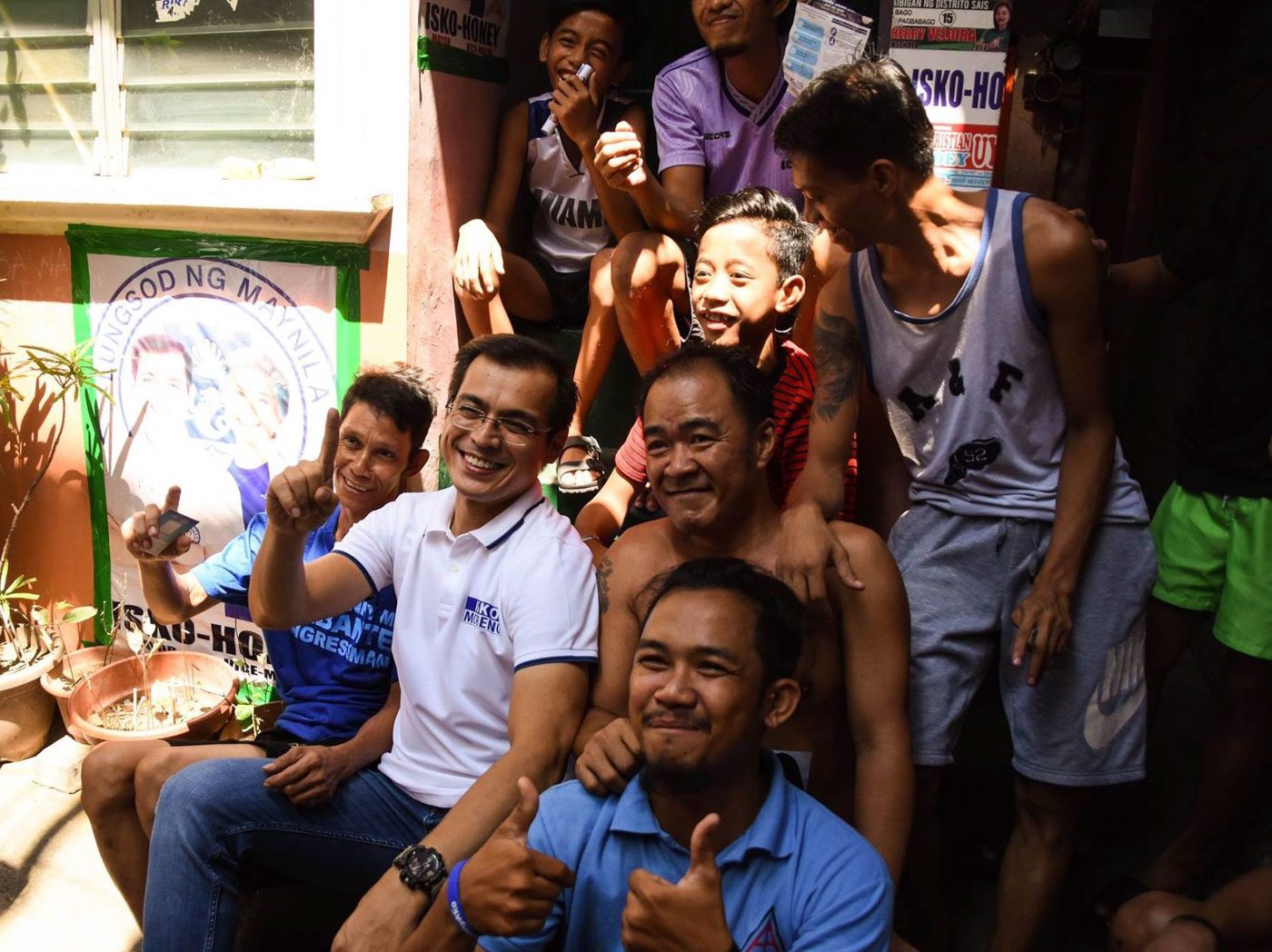
In the morning, they alternated between running a motorcade and doing house-to-house visits up until the afternoon.
Moreno knew every road and alley in Manila like the back of his hand. No matter the weather, he walked through its dirtied passageways, throwing a smile and wave at everyone he saw, and when they asked, he would snap a selfie.
There he was, a browning mestizo in the crowd of Manila’s forgotten. They saw him as one of their own.
“Naranasan niya ‘yung pagbabasura, naranasan niyang mag-aral nang katulad ko sa public school, eh si Mayor Isko ay nag-aral sa Tondo High School, doon din ako nag-aral,” winning Barangay 70 Tondo Chairman Edwin Simbulan told Rappler in a phone interview.
(He experienced collecting trash, he also experienced studying in a public school like me. He studied in Tondo High School just like me.)
In the evening, they held the sorties, where Moreno stepped out as the last speaker. Almost like an orator’s performance, Moreno delivered his speeches with an amplified monotone. There was no dancing or singing.
“For Isko, he wanted to go straight to the point. He wanted to say everything that needs to be said in a short period of time so that we didn’t waste people’s time,” said Charlie Duñgo, one of Moreno’s campaign managers.
Moreno dropped one promise at a time without mincing words, pausing regularly to grant his listeners relief. Some screamed out his name, others clapped, most chose to stay silent and listen.
Under the glare of a spotlight and the gaze of a hopeful crowd, Moreno leaned over to the microphone, took a deep breath, then told the people about his dream.
What the Tondo boy saw
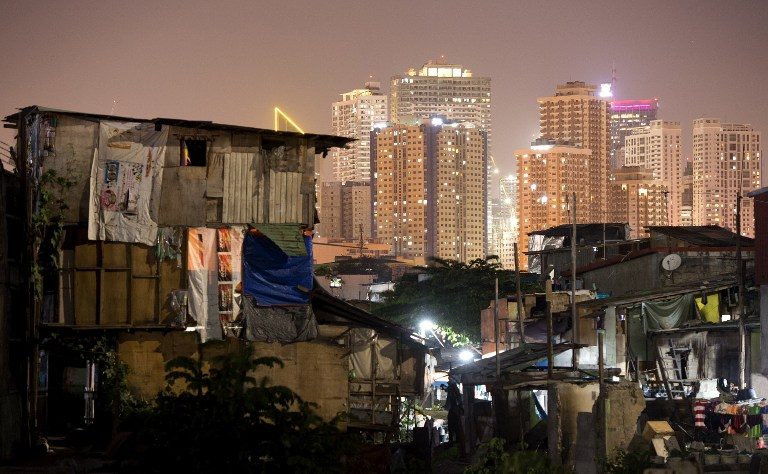
“Mga kababayan, walang magmamalasakit sa ating lahat na mga batang Maynila kundi tayo ring mga kapwa batang Maynila (Nobody will take care of the children of Manila but the children of Manila themseves),” Moreno said in every speech.
And so Moreno, a child of Manila, repeatedly asked his fellow children of Manila to reimagine the city as a clean and developed capital city with its government providing for its people.
He saw a trash collection system that honors regular collection times even in the most remote barangays. At city hall, people could bring in recyclable trash in exchange for food.
Moreno imagined the realization of his social amelioration program, which aims to give jobs to able senior citizens, hand monthly allowances for college students, and bring back the Marcos-era nutribun program for grade schoolers.
Moreno wants a Manila back in the race for National Capital Region’s most developed cities.
In Pandacan, the oil depot district of Manila known for its many canals, the incoming mayor sees a green city rising that would rival Taguig’s Bonifacio Global City.
A couple of miles northwest, at the country’s rugged bargaining capital Divisoria, he pictures a tree-lined shopping strip that would prioritize renting shop space for Manileños.
In the historic Ermita district, he wants an open-air skywalk to rise over Padre Burgos Avenue, which links the National Museum to Luneta Park.
At the end of the strip would be the crown jewel of his development aspirations: a new city hall. And inside would be a mayor who stands with the poor.
Street vendors would keep their sidewalk spots without overcharging government employees as long as their businesses don’t pour out to the street.
Even amid the Duterte government’s relentless anti-drug campaign, human rights would be respected.
As he tries to realize his grand blueprint, he wants to maintain the last traces of Manila’s old glory.
He said the Arroceros Forest Park, dubbed the city’s last lung, will stay. The stagnating Manila Zoo will not be sold, and reclamation bids for the picturesque Manila Bay would have to go through the eye of a needle before they could see the light of day.
It’s a vision that invoked hope, and was translated to the ballot.
“People are looking for his ideas. When he speaks, you can’t help but be moved,” Duñgo said.
According to University of the Philippines-Diliman Department of Political Science chair Maria Ela Atienza, Moreno’s chances of winning were boosted by delivering his promises personally, by going down to the ground.
“People expect more face-to-face interactions, people expect more personal relations with local politicians. After all, the local politicians are usually in charge of the day-to-day functions of governance,” said Atienza, who specializes in the study of Philippine local politics.
“You really have to interact with people. They can vouch and vet you more, as compared to national candidates where people react through the media,” she added.
Moreno’s machinery
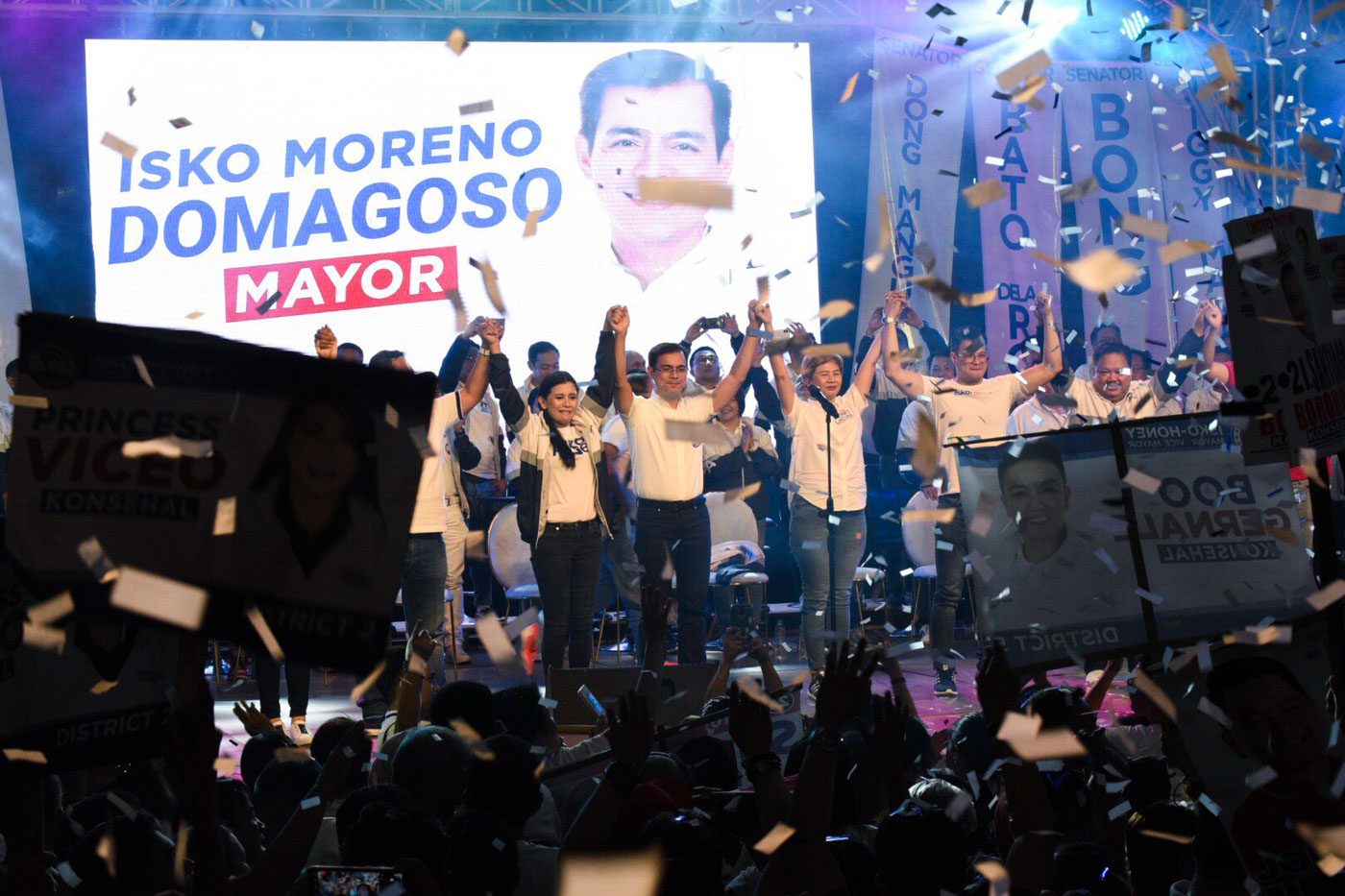
Moreno also played his cards right outside the campaign trail.
At first glance, it appeared that the odds were against him. Estrada ran under the Pwersa ng Masang Pilipino, which was backed by presidential daughter Sara Duterte’s regional party, Hugpong ng Pagbabago.
On the other side of the 3-way fight, Lim had the backing of the ruling party PDP-Laban, President Duterte’s own party.
But Moreno had it better with the Asenso Manileño Party, the local party which has locked its focus on the development of Manila for over a decade.
The party might not have enjoyed funds from national-level coalitions, but it was carried by people who knew the city. Asenso Manileño was established by Moreno’s mentor Danny Lacuna in 2005, and has since then gathered steady support from local leaders.
“Back in 2013, when Mayor Erap ran and won, he used his PMP party, but the on-the-ground machinery was Asenso Manileño. It’s still the local that works,” district campaign manager Duñgo said.
Moreno also matched the association of his enemies with the popular Duterte name. He was the only one among them, he pointed out, who has been trusted enough by Duterte that he had been appointed twice in his administration.
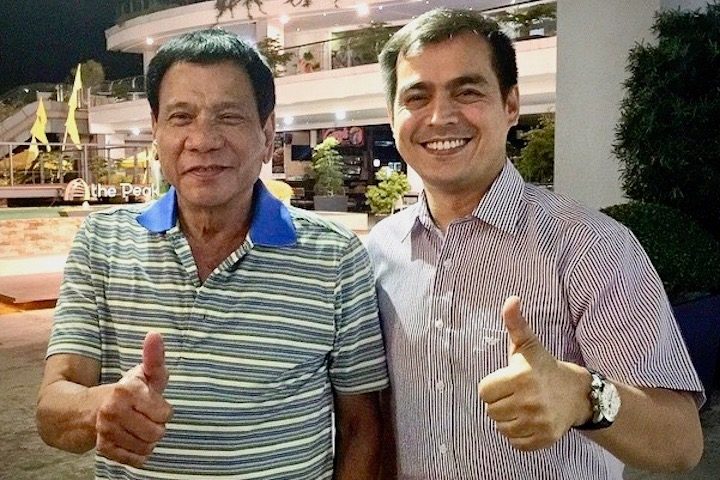
Moreno has kept ties with Duterte ever since both served as vice mayors of their cities in 2010. Before he launched his bid for the presidency of the vice mayors’ league, he paid Duterte a courtesy visit in Davao City to ask for his blessing. Duterte approved.
As incongruent as it might be, Moreno also kept ties with Leftist groups after serving as a National Democratic Front (NDF) consultant.
Before he launched his Senate bid in 2016, in fact, he flew all the way to the Netherlands to meet Communist Party of the Philippines founder Joma Sison so that, according to him, he could acquire “deeper insight on the real needs of our people.”
On top of it all, he received the endorsement of the bloc-voting Iglesia ni Cristo and the El Shaddai movement.
Once he sits on top of city hall, Moreno will be backed by the daughter of his own mentor, vice mayor-elect Honey Lacuna, who will then preside over a council allied with their party. Out of 36 councilors, 22 are allied with Asenso Manileño. Moreno also estimated that 70% of the city’s over 800 barangay captains have aligned themselves with them.
Without any commitment for the President and his party, Moreno can lead his city under his own terms.
“We are calling the shots who are going to help, and we are not bound by level of loyalty when we align ourselves to a certain party,” Moreno said.
All just a dream?
After his campaign finish, Moreno now faces the biggest questions for popular candidates: Will he deliver? Was his vision just a mirage? Is he really different from the mayors who preceded him?
The challenge with accumulating so much support is keeping all interests from clashing with each other, all while placing the interests of Manileños on top.
“The challenge is making sure that if your campaign was characterized as more program-based, less glitz and glamor, but focused on issues that are important, then that should be how the term goes too,” Atienza said.
“So people should watch out for it, and his supporters should keep their support. Otherwise, it might backfire. We’re back to square one,” she added.
The opposition against Moreno has so far been silent since his proclamation, but they are there.
Atienza said Moreno would also have to court the well-entrenched Manila elite and the capital’s business community, especially at a time when their counterparts from Davao are expanding their clout northward.
Inside city hall, Moreno is set to be greeted by opposing staffers who were brought in during the Estrada exodus from San Juan.
While he keeps ties with the President, there will come a time, as with other local chief executives, that he would have to draw the line between his support for the national government and preserving his own local autonomy.
How does Moreno plan to take it all? One day at a time.
“I am no superman. I don’t have all the answers to our problems,” he said in his interview with Rappler, holding a paper cup of takeout coffee. Scribbled near the bottom of its side was the name he used from the slums, “Scott.”
The boy from Tondo remains with him.
“But, it will be different,” Isko Moreno declared. – Rappler.com
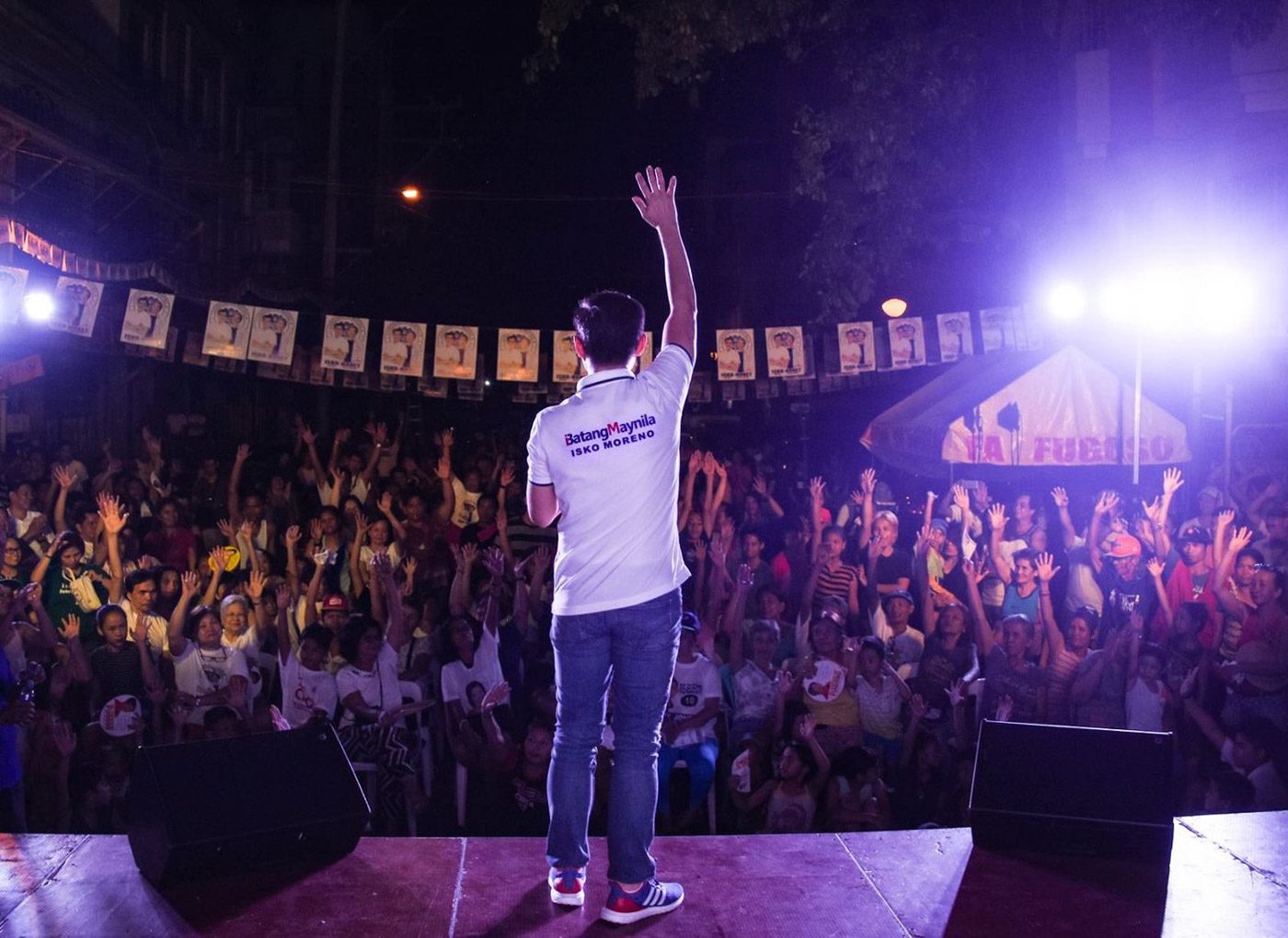
– Isko Moreno“Walang magmamalasakit sa ating lahat na mga batang Maynila kundi tayo ring mga kapwa batang Maynila.”
Photo by James Ambag
Add a comment
How does this make you feel?
There are no comments yet. Add your comment to start the conversation.